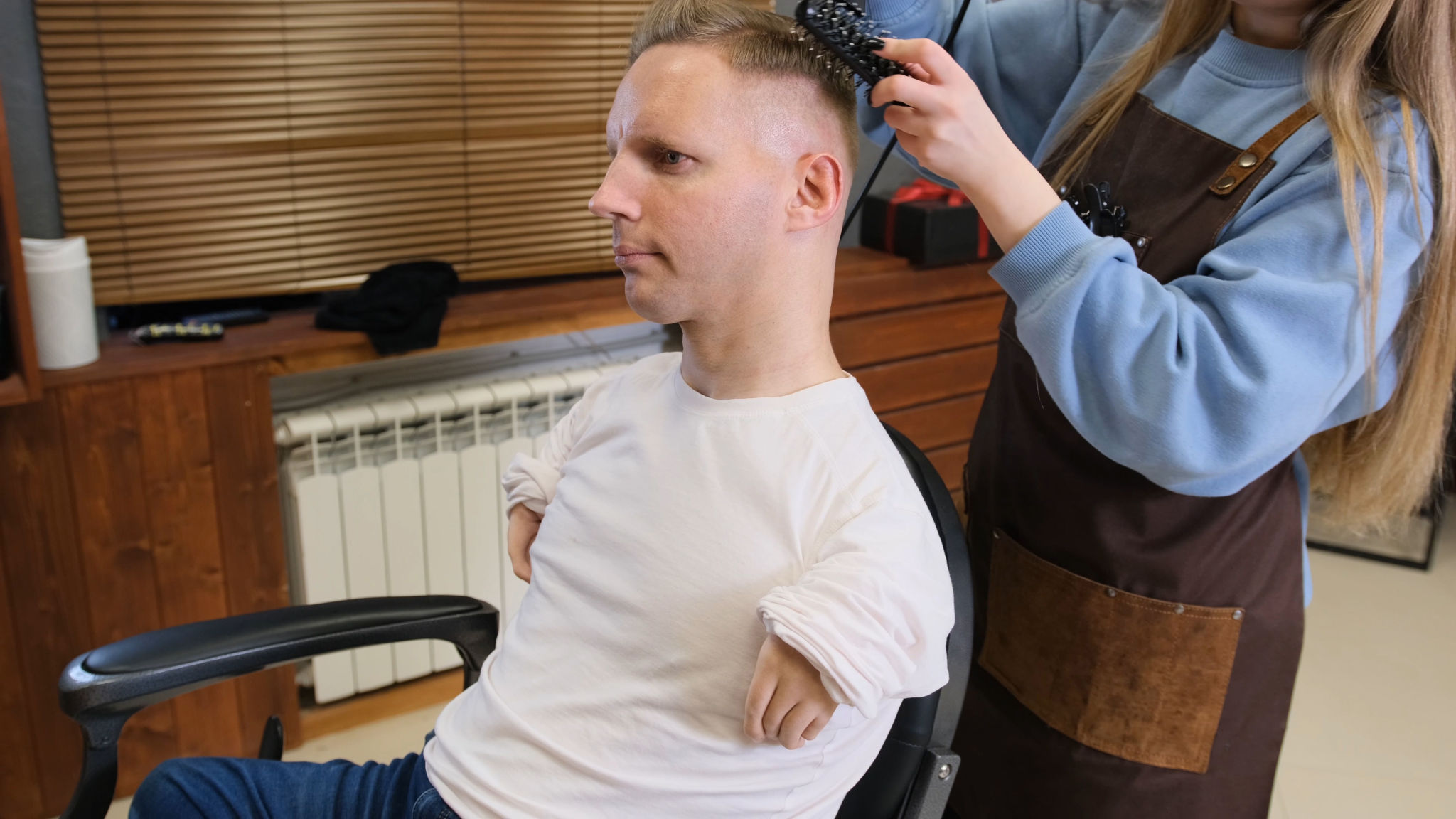How to Prepare Your Special Needs Child for a Haircut
Understanding the Challenges
For many parents of special needs children, a simple trip to the hair salon can be a daunting experience. Sensory sensitivities, anxiety, and communication barriers are just a few of the challenges that can make haircuts stressful. Understanding these challenges is the first step in preparing your child for a more successful haircut experience.

Children with sensory sensitivities might find the sound of clippers too loud or the feeling of hair falling on their neck unbearable. These reactions are not uncommon and can be addressed with some planning and preparation.
Preparing in Advance
Preparation is key to ensuring that your child feels comfortable during a haircut. Start by discussing the process with your child in simple terms. You can use visual aids such as social stories or picture schedules to help them understand what to expect.
Another effective strategy is role-playing. Pretend to give your child a haircut at home using a toy or a brush. This exercise can help desensitize them to the real experience and make it less intimidating.
Choosing the Right Salon
Not all salons are equipped to handle special needs clients, so it's important to choose one that is. Look for salons that advertise themselves as being accommodating to special needs children or ask for recommendations from other parents.

When you've identified a potential salon, consider visiting it with your child beforehand. This will allow them to familiarize themselves with the environment, meet the stylist, and reduce anxiety on the actual day of the haircut.
During the Haircut
On the day of the haircut, bring along comfort items such as a favorite toy or blanket. These items can provide reassurance and distraction if your child becomes anxious. Additionally, consider scheduling appointments during quieter times when the salon is less crowded.
Communication with the stylist is crucial. Discuss your child's needs and preferences with them beforehand, so they are aware of any specific accommodations that might be necessary.
Using Distraction Techniques
Distraction can be an effective tool during a haircut. Consider bringing a tablet or smartphone loaded with your child's favorite shows or games to keep them occupied. Alternatively, listening to calming music through headphones might help drown out the noise of clippers.

Some children respond well to being involved in the process. Allowing them to hold a comb or spray bottle can make them feel more in control and reduce anxiety.
Post-Haircut Routine
After the haircut, take time to praise your child for their bravery and cooperation. Positive reinforcement can build their confidence for future visits and create a more positive association with haircuts.
If there were any aspects of the experience that were particularly challenging, make note of them for future reference. Continuous improvement and adjustment are key to making each visit more successful than the last.